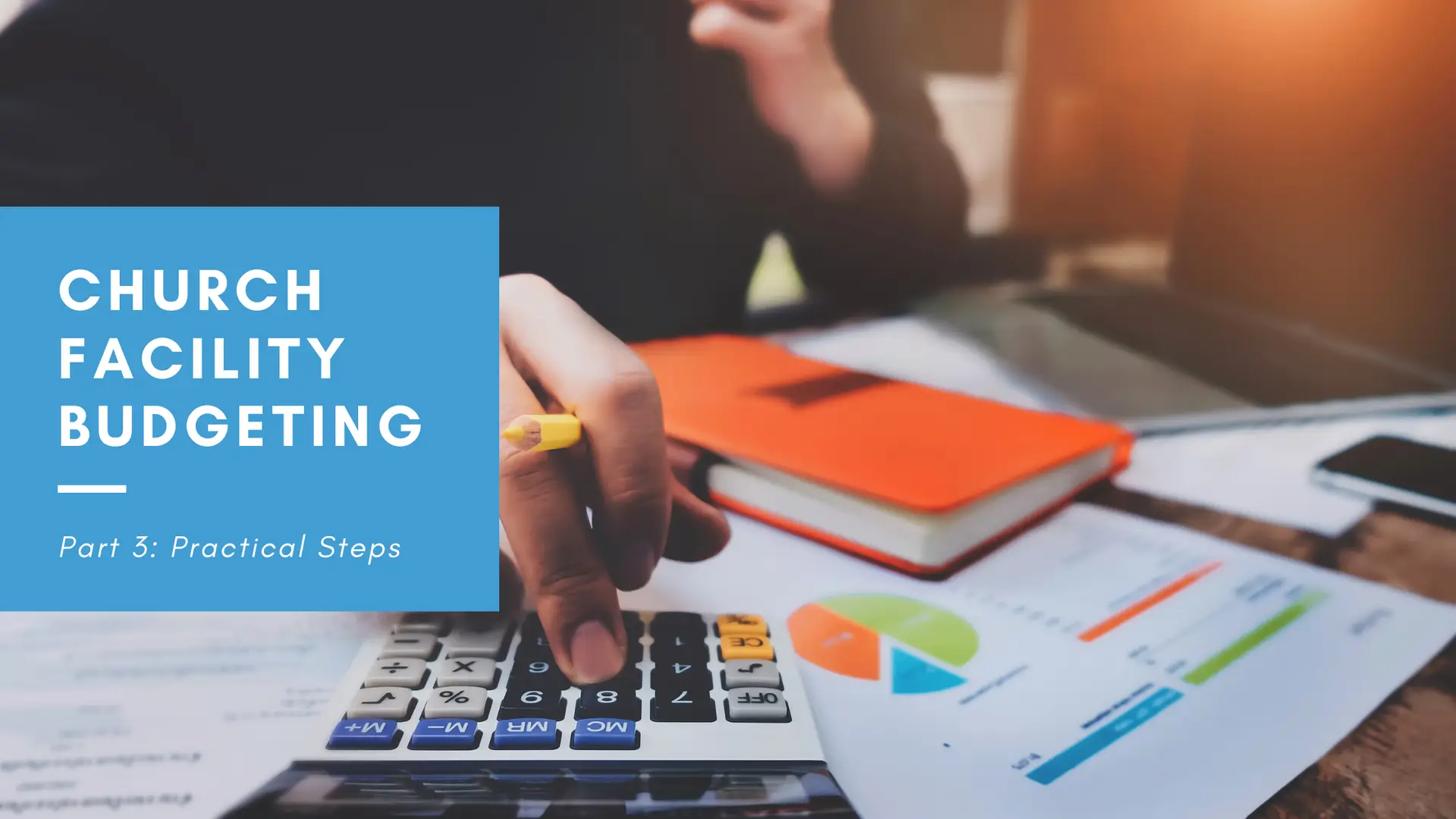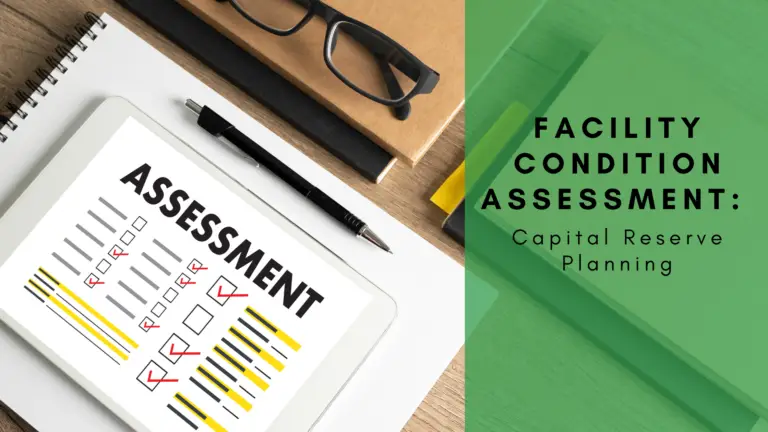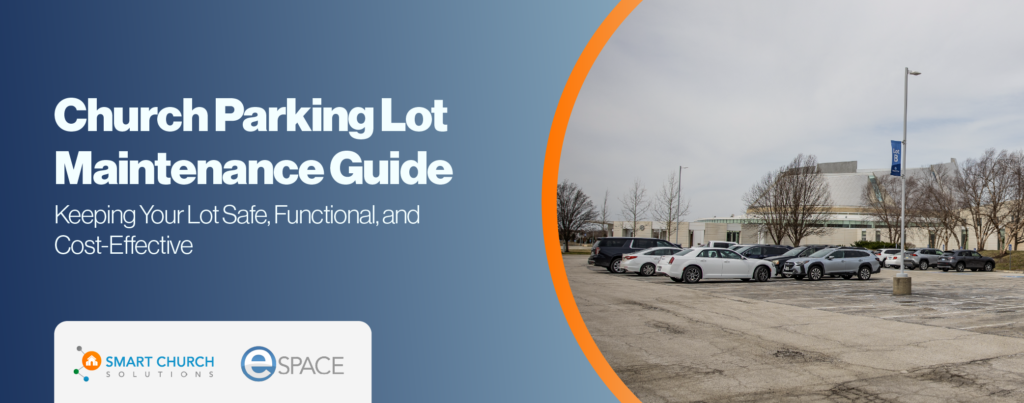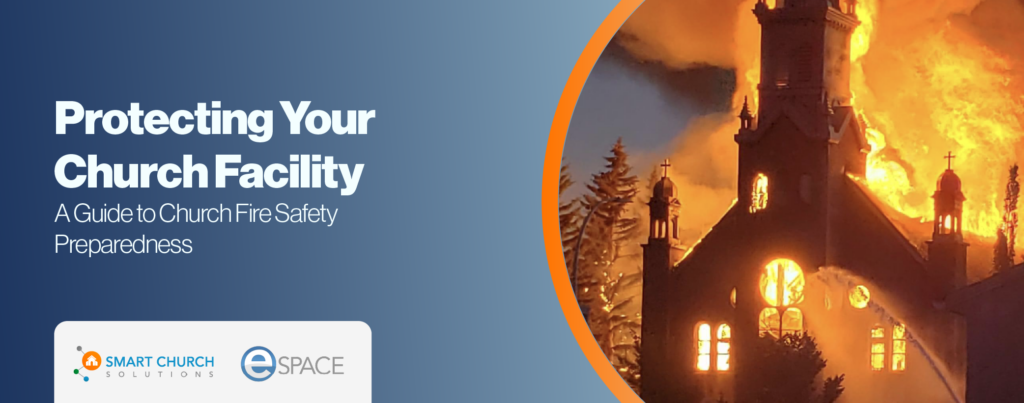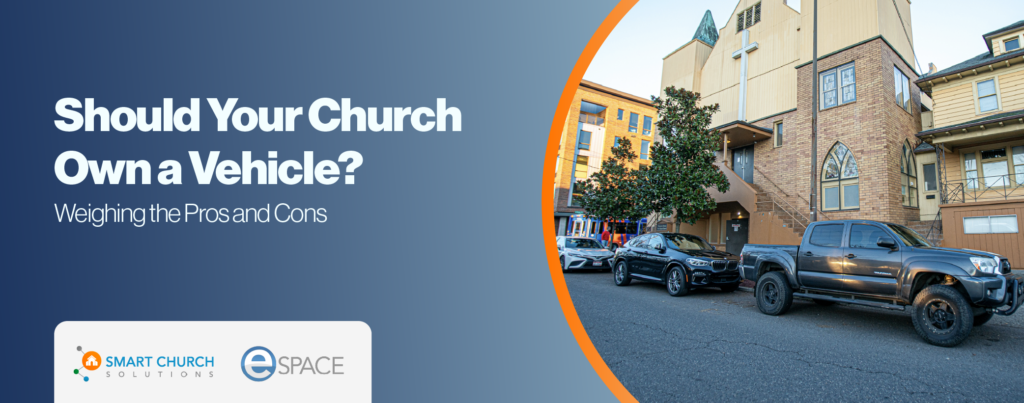Welcome to week three of our Church Facility Budgeting series. Since our last time together, you have probably been busy compiling, evaluating, and digesting ideas and numbers. Good for you!
This week, we are going to provide some concepts and steps to take that are very practical but often overlooked. I want to thank Patrick Hart, Executive Director of NACFM, for his input and inspiration on the items below:
Cost Increases
Cost increases are inevitable, so we must plan accordingly. Are you paying the same for electricity, gas, or water as you did last year? How about five years ago? If you are, please let me know where you live. I will plan to move there.
The reality is this: prices increase. We need to determine, or at the very least, make an educated projection as to what these cost increases will be to budget properly. For instance, some areas to consider are the following:
- Utility costs, including potential demand rate increases and tax rates
- Note: If you are in Canada, you need to plan for the increased Carbon Tax increases as well.
- Vendor costs, including general hourly costs and PM contract increases
- Consumable material cost increases for paper products, janitorial supplies, light bulbs, etc.
- Insurance cost
- Vehicle fuel
- Infrastructure costs, such as telephone, cell phone, internet, etc.
How Did We Do Last Year as a Facility Team?
We hit on this a little a couple of weeks ago, but it is worth addressing again. You need to have a very candid discussion and review with your team about the previous year’s performance, efforts, and accomplishments. Review the past year’s stewardship efforts within facilities management control. Are we doing well? Well enough to control usage, costs, and expenses?
While this may seem obvious, do not brush this off. This is less about the dollars and more about the mindset of stewardship. As facility stewards, we must always be mindful of two concepts:
(1) These are God’s Facilities: We Have Been Entrusted to Steward Them
That means we are not entitled to them. We cannot go about haphazardly in our efforts and tasks. This is serious business, and we will be held accountable for how we steward God’s “stuff.”
(2) Nearly Every Dollar Your Facility Team Spends Comes From the Pockets of Your People
From the successful businessman to the widow on a fixed income, this concept has always helped keep my perspectives in line. When we grasp the fact that the money we spend on the utility bill is being paid for by the generosity of people who give sacrificially, it changes our mindset. It makes us evaluate the stewardship aspects.
Good stewardship does not always mean sticking with cheap or cutting corners or reducing budgets. In fact, being a good steward may actually mean being proactive and spending the right amount of money to care for and maintain our facilities so we can continue our ministry.
Ministry Area Changes
The reality here is the facility team rarely “uses” the facility. In most cases, the facility team is maintaining and managing the facility for others to use. This means we must understand how it will be used in the coming years.
Are there new programs planned? Will we have VBS this year and for how many kids? Does the pastor plan to hold a conference at the church? Will we be adding an additional service on the weekend? Is there a plan to add (or close down) a school or daycare? You get my point.
As facility stewards, it is our responsibility to understand the ministry initiatives of the church. Then we must determine how that impacts our budgets. Increased programs may increase staffing requirements, additional product consumption (paper products, soap, sanitizer) as well as increased utility costs and cleaning cycles.
That’s a Wrap, For Now
These 3 aspects require us to be proactive and think forward. Take the time to evaluate these and implement them accordingly. Next time, we will wrap up this series with the often avoided components of budgeting. See you then!


